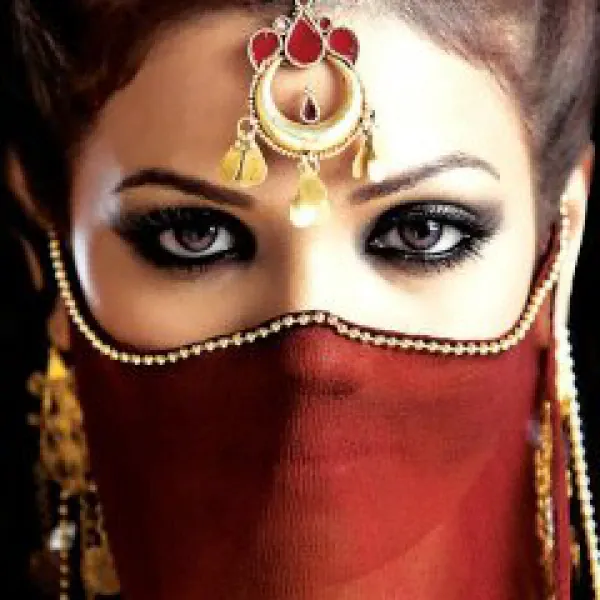
Hindi Lyrics
Top Hindi Lyrics albums
Top Hindi Lyrics lyrics
(chupke se aaye yaad teri yahaan - II
Hindi LyricsA B C D E F... Piya Tune Mera Jiya
Hindi LyricsHindi Lyrics biography
The music of India includes multiple varieties of Indian cla**ical music, folk music, Filmi, and Indian pop. India's cla**ical music tradition, including Hindustani music and Carnatic, has a history spanning millennia and developed over several eras. Music in India began as an integral part of socio-religious life. The two main traditions of Indian cla**ical music are Carnatic music, which is found predominantly in the peninsular regions, and Hindustani music, which is found in the northern, eastern and central regions. The basic concepts of this music includes shruti (microtones), swaras (notes), alankar (ornamentations), raga (melodies improvised from basic grammars), and tala (rhythmic patterns used in percussion). Its tonal system divides the octave into 22 segments called shrutis, not all equal but each roughly equal to a quarter of a whole tone of Western music. The Hindustani music tradition diverged from Carnatic music around the 13th-14th centuries AD.[citation needed] The practice of singing based on notes was popular even from the Vedic times where the hymns in Sama Veda, an ancient religious text, were sung as Samagana and not chanted. Developing a strong and diverse tradition over several centuries, it has contemporary traditions established primarily in India but also in Pakistan and Bangladesh. In contrast to Carnatic music, the other main Indian cla**ical music tradition originating from the South, Hindustani music was not only influenced by ancient Hindu musical traditions, historical Vedic philosophy and native Indian sounds but also enriched by the Persian performance practices of the Mughals. Cla**ical genres are dhrupad, dhamar, khyal, tarana and sadra, and there are also several semi-cla**ical forms. The present form of Carnatic music can be traced to the 15th - 16th centuries AD and thereafter. It originated in South India during the rule of Vijayanagar Empire. Like Hindustani music, it is melodic, with improvised variations, but tends to have more fixed compositions. It consists of a composition with improvised embellishments added to the piece in the forms of Raga Alapana, Kalpanaswaram, Neraval and, in the case of more advanced students, Raga, Tala, Pallavi. The main emphasis is on the vocals as most compositions are written to be sung, and even when played on instruments, they are meant to be performed in a singing style (known as gÄyaki). There are about 7.2 million ragas (or scales) in Carnatic Music,[citation needed] with around 300 still in use today. Purandara Dasa is considered the father of Carnatic music, while the later musicians Tyagaraja, Shyama Shastry and Muthuswami Diksh**ar are considered the trinity of Carnatic music.[citation needed] Noted artists of Carnatic Music include Ariyakudi Ramanuja Iyengar (the father of the current concert format), Semmangudi Srinivasa Iyer,Palaghat K.V.Narayanaswamy, Alathur Brothers, MS Subbulakshmi, Lalgudi Jayaraman and more recently Balamuralikrishna, TN Seshagopalan, K J Yesudas, N. Ramani, Umayalpuram K. Sivaraman, Sanjay Subrahmanyan, Manipallavam K.Sarangan, Balaji Shankar, TM Krishna, Bombay Jayashri, T S Nandakumar, Aruna Sairam Mysore Manjunath. Every December, the city of Chennai in India has its six-week-long Music Season, which has been described as the world's largest cultural event. Carnatic music has served as the foundation for most music in South India, including folk music, festival music and has also extended its influence to film music in the past 100–150 years or so.
